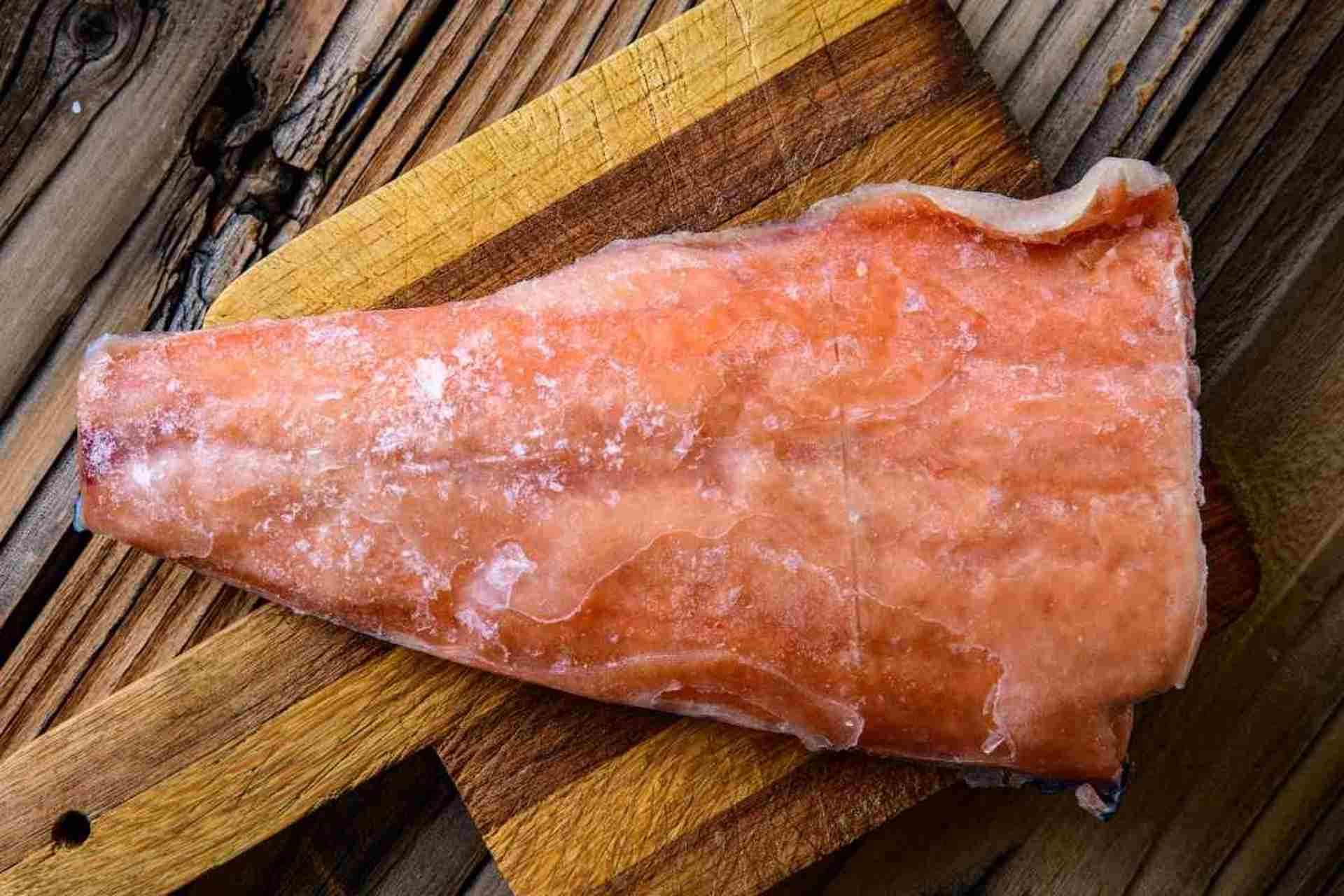

Articles
How Long Can You Keep Salmon In The Freezer
Modified: October 20, 2024
Discover how articles can help you learn how long you can safely store salmon in the freezer. Explore freezing techniques and storage guidelines today!
(Many of the links in this article redirect to a specific reviewed product. Your purchase of these products through affiliate links helps to generate commission for Storables.com, at no extra cost. Learn more)
Introduction
Salmon is a delicious and versatile fish that is enjoyed by people all over the world. Whether you catch it fresh or purchase it from your local grocery store, you may find yourself wondering how long you can safely keep salmon in the freezer. Freezing salmon is a great way to preserve its freshness and extend its shelf life, but it’s important to know how long it can be stored before it loses its quality.
There are several factors that can affect the shelf life of salmon in the freezer. These include the quality of the fish at the time of freezing, the packaging used, and the temperature at which it is stored. Understanding these factors can help you make informed decisions about freezing and storing your salmon.
Recommended freezer storage times for salmon vary depending on the type of salmon and the storage conditions. It’s important to know the recommended guidelines to ensure that your salmon remains safe to eat and maintains its flavor and texture.
Proper freezing techniques are essential for preserving the quality of your salmon. From choosing the right packaging to controlling the temperature, there are steps you can take to maximize the shelf life of your frozen salmon.
In this article, we will explore the factors that affect the shelf life of salmon in the freezer, provide recommended freezer storage times, discuss proper freezing techniques, and share tips for freezing, thawing, and using frozen salmon. By following these guidelines, you can confidently enjoy the convenience and flavor of frozen salmon while ensuring that it remains safe to consume.
So, let’s dive in and learn everything you need to know about how long you can keep salmon in the freezer!
Key Takeaways:
- Proper freezing techniques, such as using airtight packaging and labeling with the freezing date, can help maintain the quality and flavor of salmon in the freezer, ensuring safe and delicious meals.
- Understanding signs of spoiled salmon, such as off odors and unusual textures, is crucial for identifying when frozen salmon is no longer suitable for consumption, promoting food safety and enjoyable dining experiences.
Read more: How Long Can You Keep Walnuts In The Freezer
Factors Affecting Salmon’s Freezer Shelf Life
Several factors play a role in determining how long salmon can be safely stored in the freezer. Understanding these factors can help you make informed decisions about freezing and storing your salmon to maintain its quality and taste.
Quality of the Fish: The quality of the salmon at the time of freezing plays a significant role in determining its freezer shelf life. Fresh, high-quality salmon will have a longer storage time compared to fish that is already past its prime. It is important to freeze the salmon as soon as possible after purchasing it to preserve its freshness.
Packaging: Proper packaging is crucial for maintaining the quality of frozen salmon. It is recommended to use airtight containers or freezer bags specifically designed for freezing to prevent freezer burn and preserve the flavor and texture of the fish. Make sure to remove any excess air from the packaging to minimize the risk of freezer burn.
Temperature: The temperature at which the salmon is stored in the freezer is a critical factor in determining its shelf life. The freezer should be set at or below 0°F (-18°C) to maintain the quality of the fish. Fluctuations in temperature can affect the texture and taste of the salmon, so it is essential to keep the freezer temperature consistent.
Storage Duration: The length of time salmon can be stored in the freezer before its quality starts to deteriorate depends on various factors. Generally, salmon can be safely stored in the freezer for up to three to six months, but this can vary based on the type of salmon and storage conditions. It’s important to follow recommended storage guidelines to ensure the best quality and safety.
Fish Handling: Proper handling of the salmon before and during freezing can impact its freezer shelf life. Avoid thawing and refreezing salmon multiple times, as this can lead to loss of quality and increase the risk of bacterial contamination. Handle the fish with clean hands and ensure it is properly cleaned and prepared before freezing.
Freezer Burn: Freezer burn occurs when the surface of the salmon is exposed to air and moisture, resulting in a dried-out, discolored appearance. This can negatively affect the taste and texture of the fish. To avoid freezer burn, ensure proper packaging and minimize the amount of air in the packaging when freezing the salmon.
By considering these factors, you can make informed decisions about freezing and storing salmon to maximize its shelf life and enjoy the best quality fish when you’re ready to use it.
Recommended Freezer Storage Times for Salmon
When it comes to freezing salmon, there are recommended storage times that can help you maintain its quality and freshness. These storage times may vary depending on the type of salmon and the storage conditions. It’s important to follow these guidelines to ensure that your salmon remains safe to eat and has the best flavor and texture when thawed.
Here are the general recommended freezer storage times for salmon:
- Fresh Salmon: If you have fresh salmon that has not been previously frozen, it is best to freeze it as soon as possible. Fresh salmon can be safely stored in the freezer for up to three months. However, for the best quality, it is recommended to consume it within one to two months.
- Frozen Salmon: If you have purchased frozen salmon from the store, it is important to check the packaging for any recommended storage times. Generally, frozen salmon can be safely stored for up to six months. However, it’s always best to consume it within three to four months for optimal quality.
- Cooked Salmon: If you have cooked salmon that you want to freeze, it can be stored in the freezer for up to two to three months. It is important to cool the cooked salmon properly before freezing to avoid any bacterial growth.
It is important to note that these storage times are general guidelines, and the quality of the salmon may start to deteriorate after the recommended time. It’s always a good idea to label your frozen salmon with the date of freezing to keep track of how long it has been in the freezer.
Additionally, the storage times may vary based on the storage conditions, such as the temperature and packaging used. It is essential to keep the freezer temperature consistent at or below 0°F (-18°C) to maintain the quality of the salmon and utilize proper packaging, such as airtight containers or freezer bags.
By following these recommended freezer storage times, you can ensure that your salmon remains safe to eat and maintains its taste and texture when you’re ready to enjoy it.
Proper Freezing Techniques for Salmon
Proper freezing techniques are crucial for preserving the quality and flavor of salmon while extending its freezer shelf life. By following these techniques, you can ensure that your salmon stays fresh and maintains its texture when it’s time to thaw and cook.
Here are some important steps to follow for proper freezing of salmon:
- Start with Fresh Salmon: It’s always best to start with fresh salmon when freezing. Choose high-quality fish that is properly cleaned and filleted.
- Wrap or Package Tightly: Proper packaging is essential to prevent freezer burn and maintain the quality of the salmon. Wrap the salmon tightly in plastic wrap or foil, or use airtight freezer bags. Remove as much air as possible from the packaging to minimize the risk of freezer burn.
- Label and Date: It’s important to label your frozen salmon with the date of freezing. This will help you keep track of how long it has been stored in the freezer and ensure that you use it within the recommended storage time.
- Control the Freezer Temperature: Set your freezer temperature to 0°F (-18°C) or lower to maintain the quality of the salmon. Avoid frequent temperature fluctuations by keeping the freezer door closed as much as possible.
- Place in the Coldest Part of the Freezer: Put the wrapped or packaged salmon in the coldest part of the freezer, such as the back or bottom shelf. This will help maintain a consistent temperature and prevent the salmon from thawing partially.
- Avoid Overcrowding: If freezing multiple pieces of salmon, make sure to leave space between them to allow for proper air circulation. Overcrowding can lead to uneven freezing and affect the quality of the fish.
- Do Not Freeze for Too Long: While salmon can be safely stored in the freezer for several months, it’s best to use it within the recommended storage times to maintain the best quality. Regularly check the contents of your freezer and rotate the salmon to ensure that older pieces are used first.
By following these proper freezing techniques, you can ensure that your salmon remains fresh, flavorful, and safe to eat when you’re ready to cook it. Proper packaging, labeling, and storage temperature are key factors in maintaining the quality of the frozen salmon.
Now that you know how to freeze salmon properly, you can enjoy the convenience of having this delicious fish on hand whenever you need it, without compromising its taste and texture.
Salmon can be kept in the freezer for up to 2-3 months before the quality starts to deteriorate. To maintain freshness, wrap it tightly in plastic wrap or aluminum foil before freezing.
Tips for Freezing Salmon
Freezing salmon is a great way to preserve its freshness and extend its shelf life. To ensure that your salmon freezes well and stays in optimal condition, here are some valuable tips to keep in mind:
- Choose Fresh Salmon: Start with fresh salmon that is of high quality. Look for fish that has bright, firm flesh with no discoloration or off-putting odors.
- Prepare the Salmon: Clean and fillet the salmon properly before freezing. Remove scales, bones, and any excess fat. Rinse the fish with cold water and pat it dry with paper towels.
- Portion the Salmon: Consider portioning the salmon before freezing to make it easier to thaw and use. Individual fillets or steaks can be wrapped individually or stored in separate freezer bags, making it convenient to take out only what you need.
- Wrap or Package Properly: Use appropriate freezer-safe packaging materials such as plastic wrap, aluminum foil, or freezer bags. Make sure to seal them tightly to prevent air and moisture from entering the packaging.
- Remove Excess Air: When using plastic wrap or bags, remove as much air as possible to reduce the risk of freezer burn. You can use airtight containers or vacuum sealers for added protection.
- Flash Freeze Raw Salmon: To avoid the pieces sticking together, place individual portions of raw salmon on a baking sheet lined with parchment paper. Place the baking sheet in the freezer for about an hour to allow the salmon to partially freeze. Once partially frozen, transfer the salmon to airtight containers or freezer bags.
- Label and Date the Packages: Properly label each package of frozen salmon with the date of freezing. This will help you keep track of how long it has been stored and determine its freshness when you’re ready to use it.
- Store in the Coldest Part of the Freezer: Place the wrapped or packaged salmon in the coldest part of your freezer, such as the back or bottom shelf. This helps maintain a consistent temperature and prevents thawing.
- Avoid Frequent Thawing and Refreezing: Thaw frozen salmon only once and cook it immediately. Avoid refreezing previously thawed salmon, as it can result in loss of quality and pose a higher risk of bacterial contamination.
- Consider Freezing Cooked Salmon: If you have leftovers or cooked salmon, let it cool completely before freezing. Wrap it tightly in freezer-safe containers or bags and label them accordingly. Cooked salmon can be frozen for future use.
By following these tips for freezing salmon, you can ensure that your fish stays fresh, retains its flavor and texture, and remains safe to consume. Proper packaging, labeling, and storage techniques will help you enjoy the convenience of having frozen salmon readily available for delicious meals.
Thawing and Using Frozen Salmon
Thawing frozen salmon properly is essential to ensure that it retains its quality and is safe to consume. Here are some guidelines on how to thaw and use frozen salmon:
- Refrigerator Thawing: The best way to thaw frozen salmon is in the refrigerator. Place the sealed package of salmon on a plate or in a shallow dish to catch any drips. Allow it to thaw in the refrigerator overnight or for approximately 24 hours, depending on the size and thickness of the salmon.
- Cold Water Thawing: For a quicker thawing method, you can use the cold water thawing method. Keep the salmon in its sealed package and submerge it in a bowl of cold water. Change the water every 30 minutes to keep it cold. It will take about 30 minutes to thaw each pound of salmon using this method.
- Microwave Thawing: If you’re short on time, you can also use the microwave to thaw frozen salmon. Follow the manufacturer’s instructions for your microwave’s defrost setting. Be cautious not to start cooking the salmon during the thawing process, as this may result in uneven doneness.
- Use Thawed Salmon Promptly: Once the salmon is fully thawed, it is important to use it promptly. Avoid re-freezing previously thawed salmon, as this can impact its quality and safety.
- Cooking Frozen Salmon: In some instances, you may choose to cook frozen salmon without thawing it first. This method can be suitable for certain recipes, such as sheet pan dinners or skillet meals. Follow the cooking instructions provided in the recipe, but be prepared for slightly longer cooking times when starting with frozen salmon.
- Using Thawed Salmon in Recipes: Thawed salmon can be used in various recipes, such as grilled, baked, or poached dishes. Ensure that the salmon is cooked to an internal temperature of 145°F (63°C) and the flesh turns opaque and flakes easily.
When using thawed salmon, you can experiment with different flavor profiles and seasonings to enhance its taste. Consider marinating the salmon in a mixture of herbs, spices, and citrus juices to infuse it with flavor before cooking.
Remember to practice proper food safety when handling and cooking thawed salmon. Discard any leftovers that have been sitting at room temperature for more than two hours.
By following these guidelines for thawing and using frozen salmon, you can ensure that it remains safe, delicious, and easy to incorporate into your favorite recipes!
Signs of Spoiled or Unsafe Frozen Salmon
When it comes to frozen salmon, it is important to be able to identify signs of spoilage or potential safety concerns. While freezing can preserve the quality of salmon, improper storage or extended freezer times can still lead to spoilage. Here are some signs to look out for:
- Off Odor: If your frozen salmon emits a strong, unpleasant odor, it is likely spoiled. Fresh salmon has a mild smell of the sea, while spoiled fish can have a pungent, ammonia-like or rotten odor.
- Unusual Texture: Inspect the texture of the frozen salmon. If it appears slimy, mushy, or has a soft or mushy texture when thawed, it indicates that the fish has spoiled and should not be consumed.
- Discoloration: Healthy salmon should have a vibrant color, ranging from pink to deep orange. If you notice any significant changes in color, such as grayish or brownish patches, it could be a sign that the salmon is spoiled or has deteriorated in quality.
- Frost or Ice Crystals: While a small amount of frost or ice crystals on the surface of frozen salmon is normal, excessive ice buildup or a thick layer of frost can indicate improper packaging or prolonged storage, leading to freezer burn and potential loss of quality.
- Signs of Freezer Burn: Freezer burn occurs when the fish is exposed to air and moisture, resulting in dried-out patches or white, splotchy discoloration on the surface of the salmon. If you notice these signs, the quality of the fish may be compromised.
- Presence of Mold or Growth: If you observe any mold growth or other signs of bacterial or fungal growth on the frozen salmon, it is unsafe to consume and should be discarded immediately.
- Expired Storage Time: Keep track of the freezer storage time and adhere to the recommended guidelines. If you have exceeded the recommended storage time for frozen salmon, it is best to err on the side of caution and discard the fish.
- Unusual or Foul Taste: Taste the thawed salmon and pay attention to any unusual or unpleasant flavors. If the fish tastes off or has a sour or fishy taste, it is a clear indication that it has spoiled.
Remember, consuming spoiled or unsafe salmon can lead to foodborne illnesses. If you have any doubts about the quality or safety of your frozen salmon, it’s best to discard it and avoid consuming it.
By being knowledgeable about these signs, you can ensure that the frozen salmon you use is of the highest quality, providing a safe and enjoyable dining experience.
Conclusion
Freezing salmon is an excellent way to preserve its freshness, extend its shelf life, and have it readily available for delicious meals. By understanding the factors that affect salmon’s freezer shelf life, following recommended storage times, employing proper freezing techniques, and adhering to food safety guidelines, you can ensure that your frozen salmon maintains its quality and remains safe to consume.
Factors such as the quality of the fish, packaging, freezer temperature, and storage duration all play a crucial role in determining how long salmon can be stored in the freezer. By starting with fresh salmon, using proper packaging to minimize air and moisture exposure, setting the freezer temperature to 0°F (-18°C) or lower, and following recommended storage times, you can maximize the longevity and quality of your frozen salmon.
Proper freezing techniques, such as portioning, wrapping tightly, labeling, and storing in the coldest part of the freezer, help maintain the flavor and texture of the salmon. Additionally, it is important to thaw frozen salmon properly, either in the refrigerator, cold water, or using the microwave, and use the thawed salmon promptly to ensure its freshness and taste.
By being aware of the signs of spoiled or unsafe frozen salmon, such as off odor, unusual texture, discoloration, and the presence of frost or mold, you can easily identify when the fish is no longer suitable for consumption.
In conclusion, freezing salmon is a convenient and effective way to store this delicious fish for future use. With proper freezing techniques, careful thawing, and attentiveness to signs of spoilage, you can confidently enjoy the benefits of frozen salmon, knowing that it will retain its quality and be safe for you and your family to enjoy.
So go ahead, make the most of your freezer and stock up on salmon to create tasty meals whenever the craving strikes!
Frequently Asked Questions about How Long Can You Keep Salmon In The Freezer
Was this page helpful?
At Storables.com, we guarantee accurate and reliable information. Our content, validated by Expert Board Contributors, is crafted following stringent Editorial Policies. We're committed to providing you with well-researched, expert-backed insights for all your informational needs.
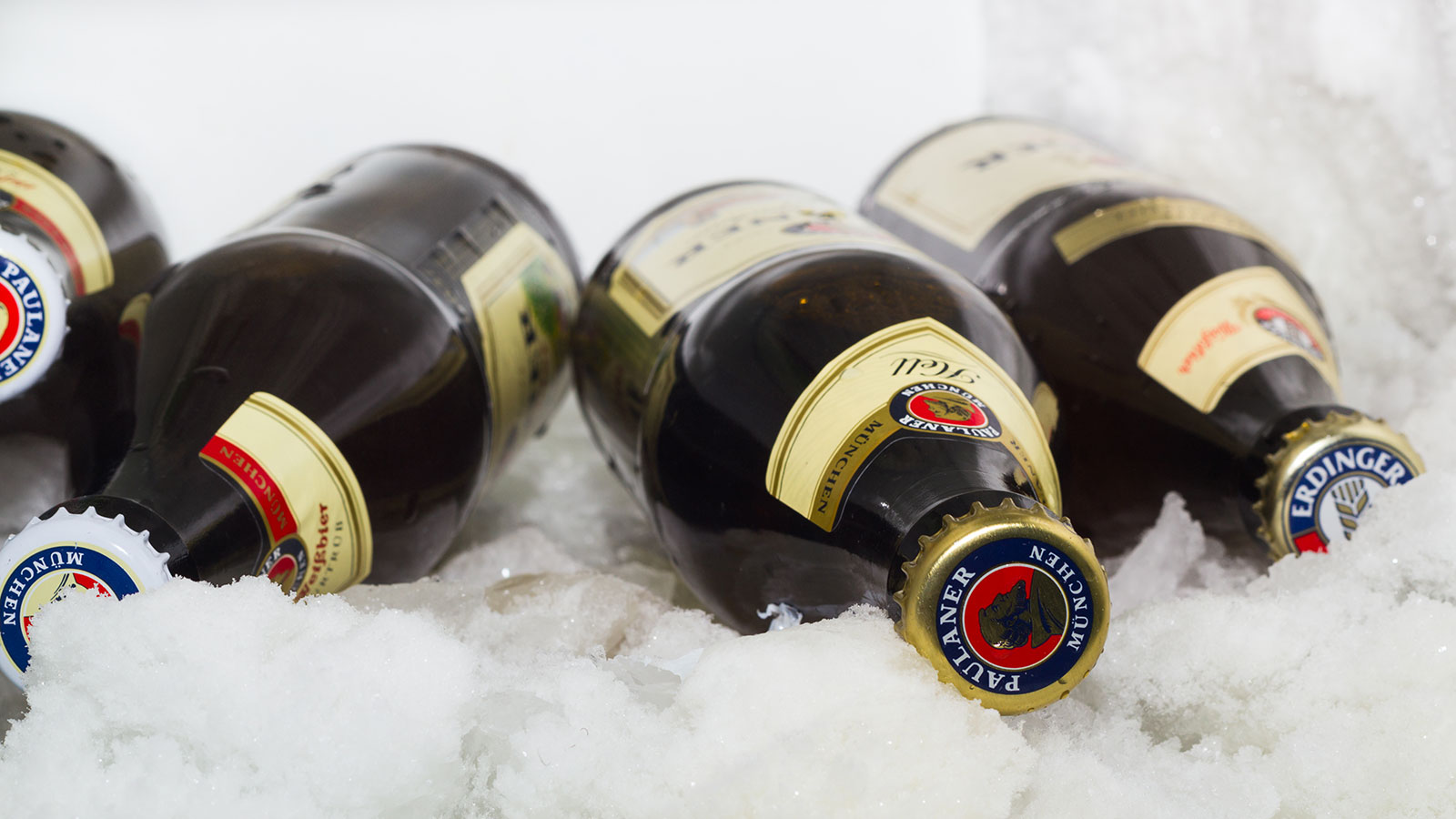
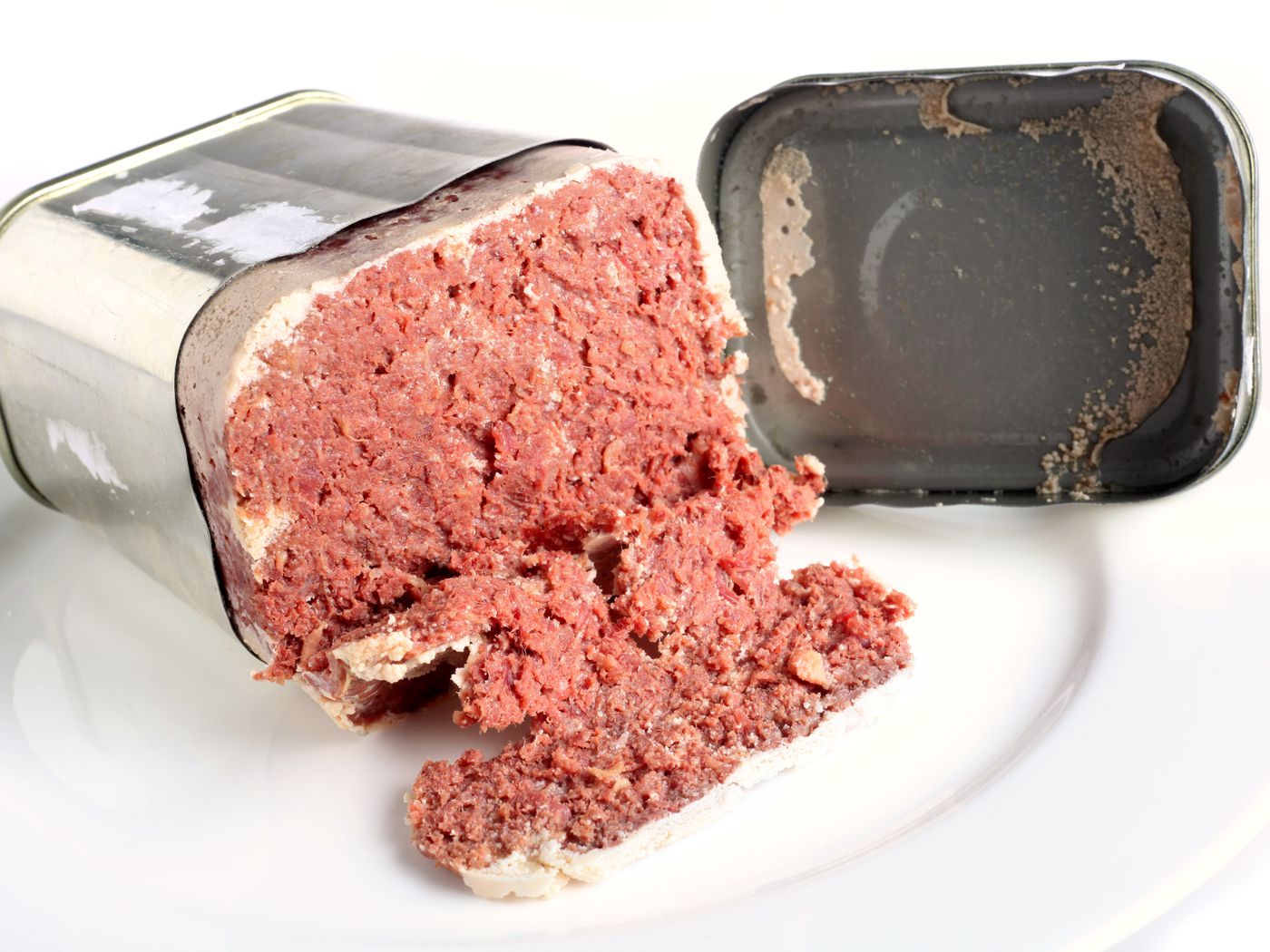
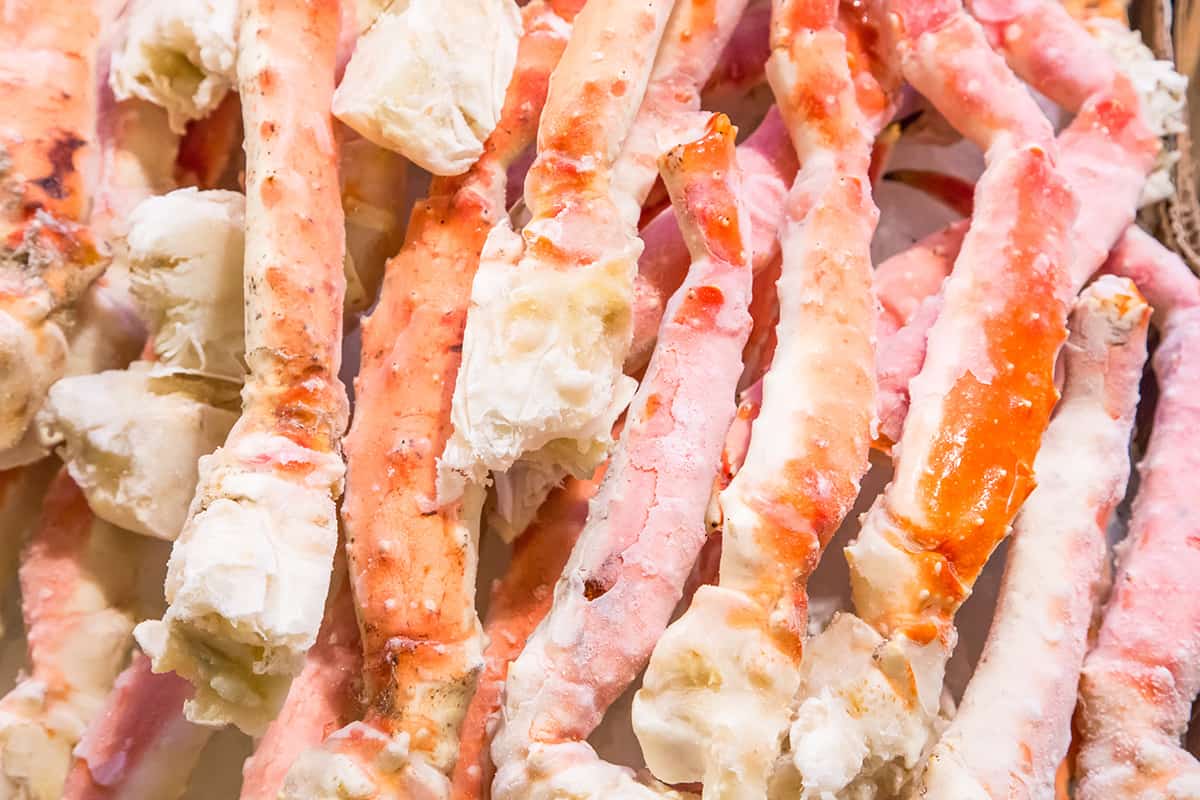
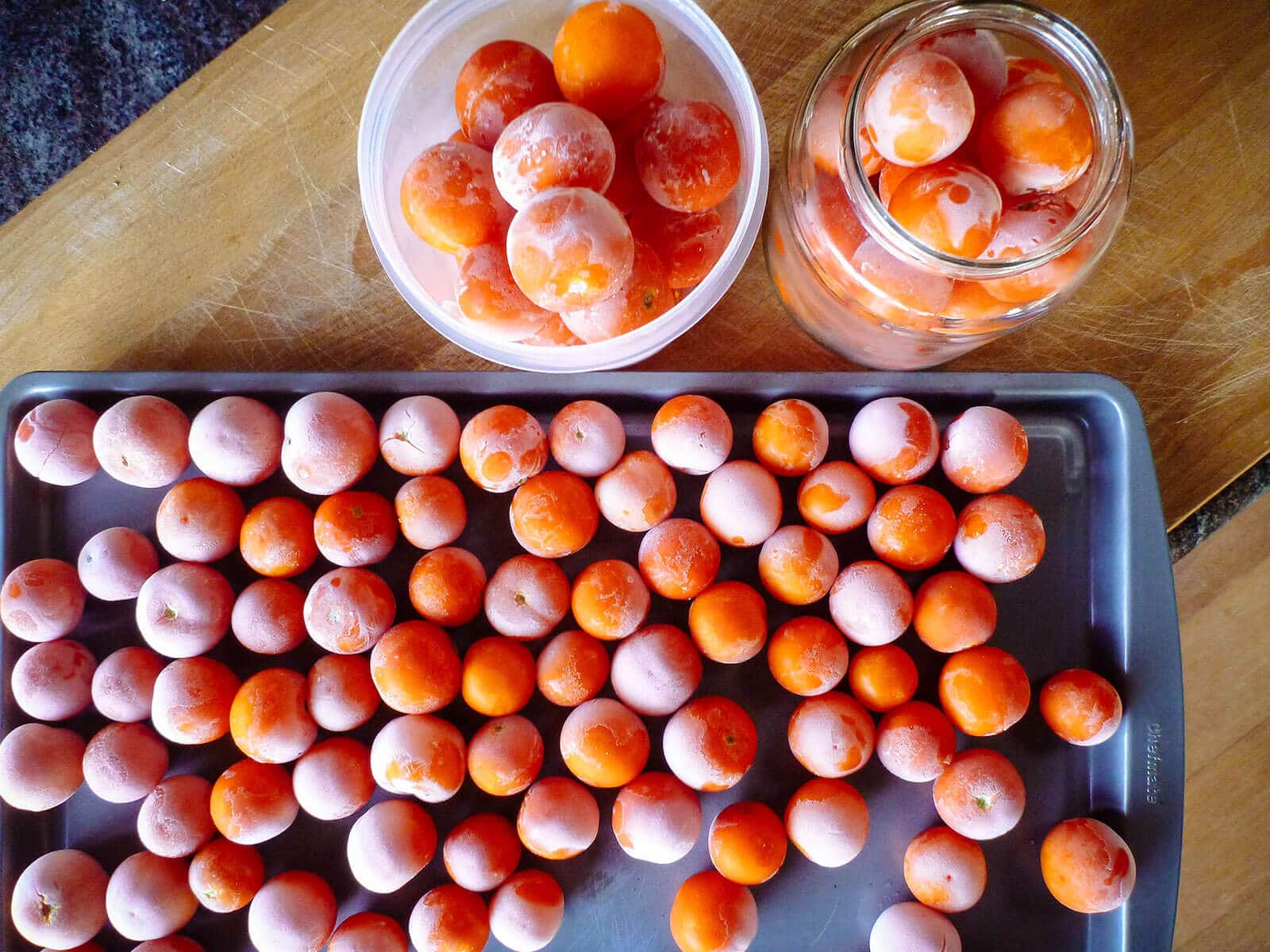
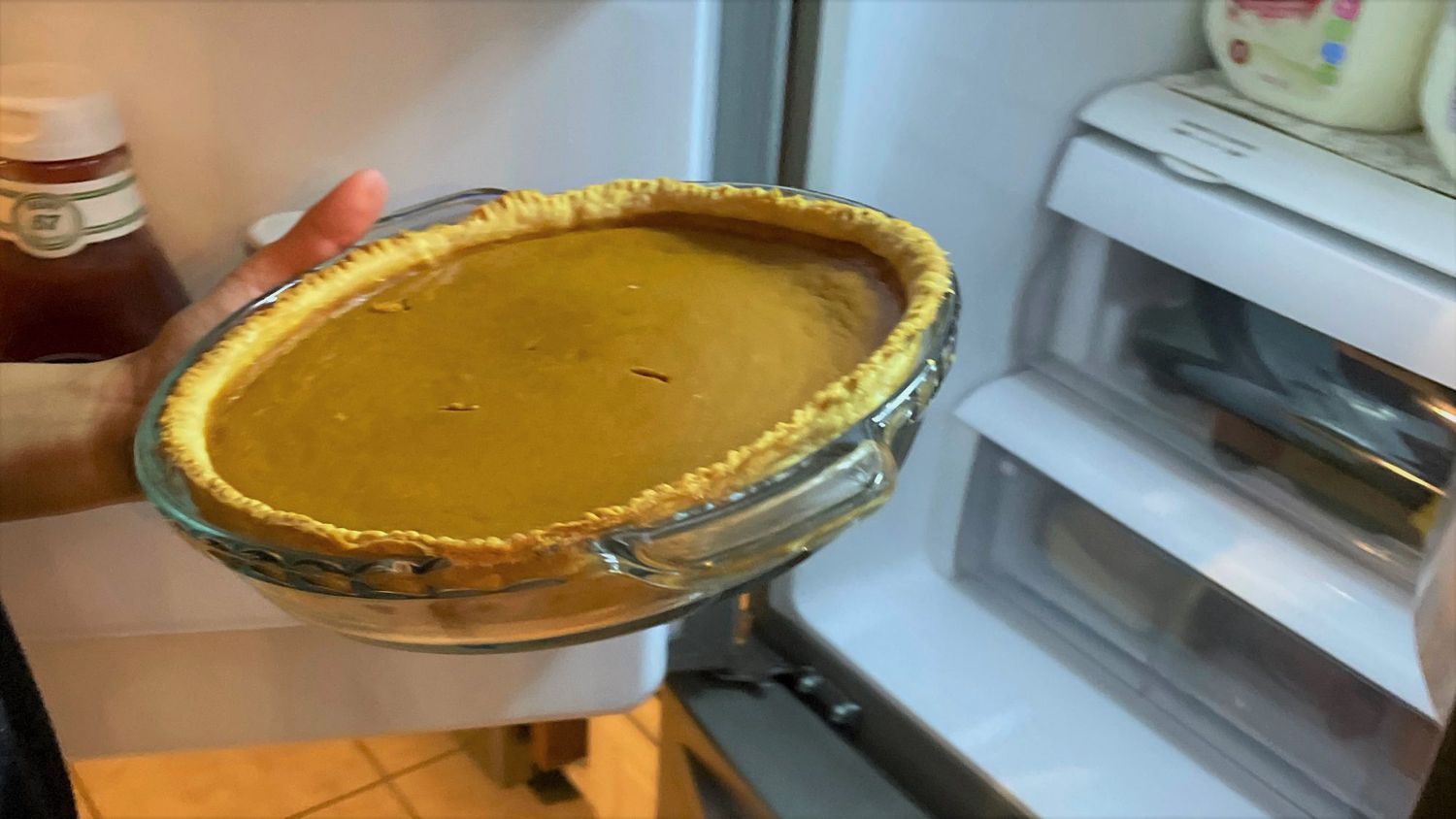
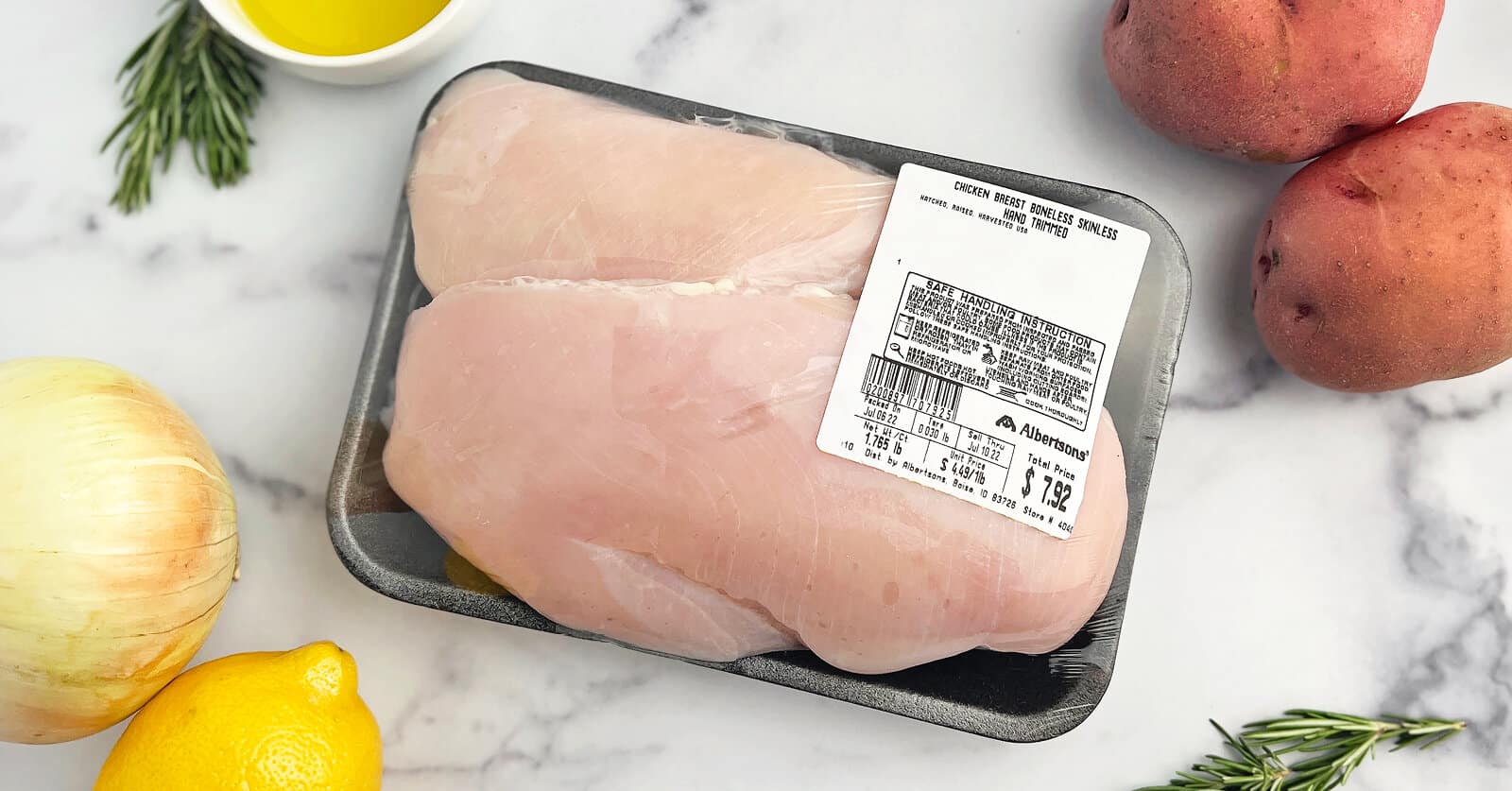

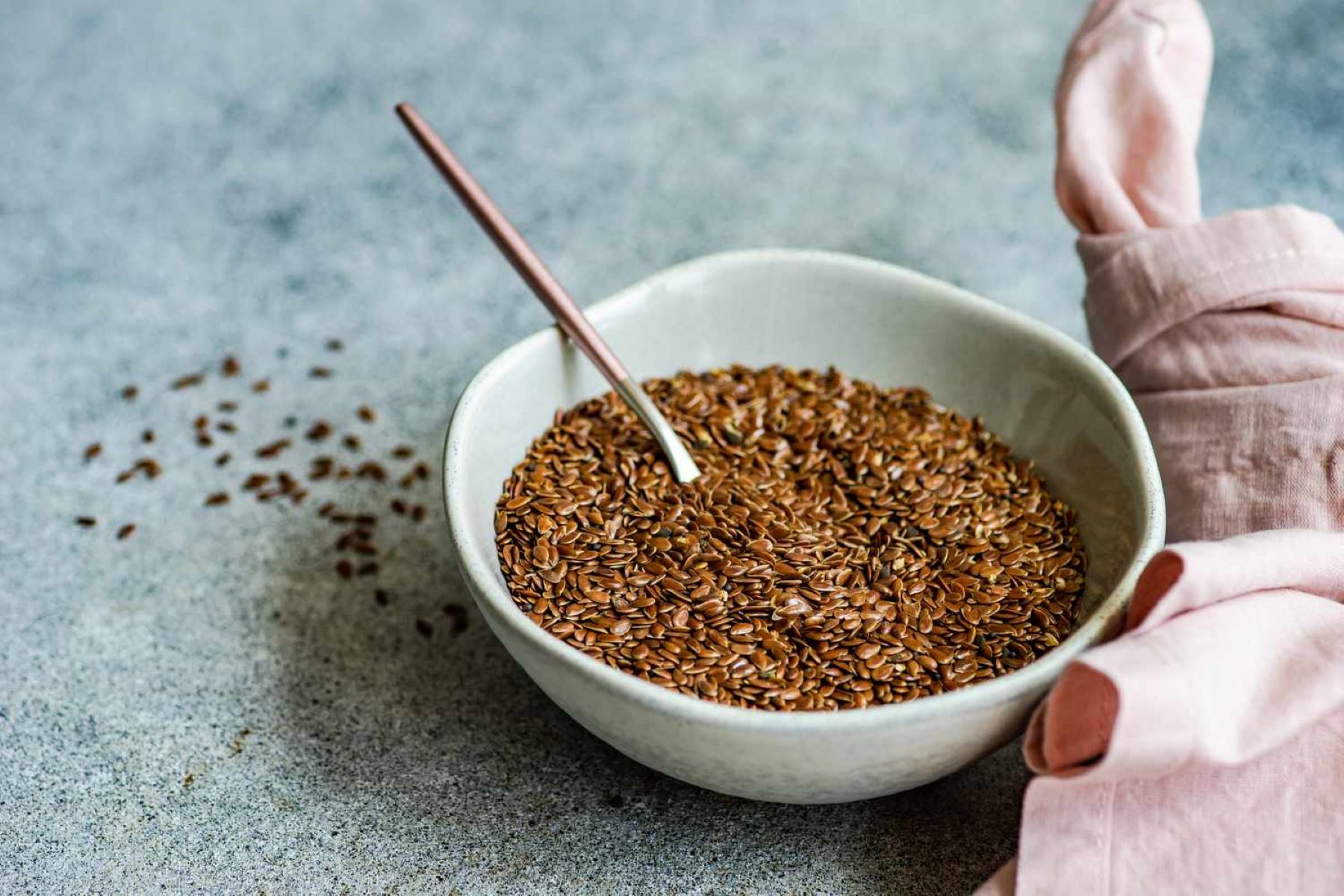
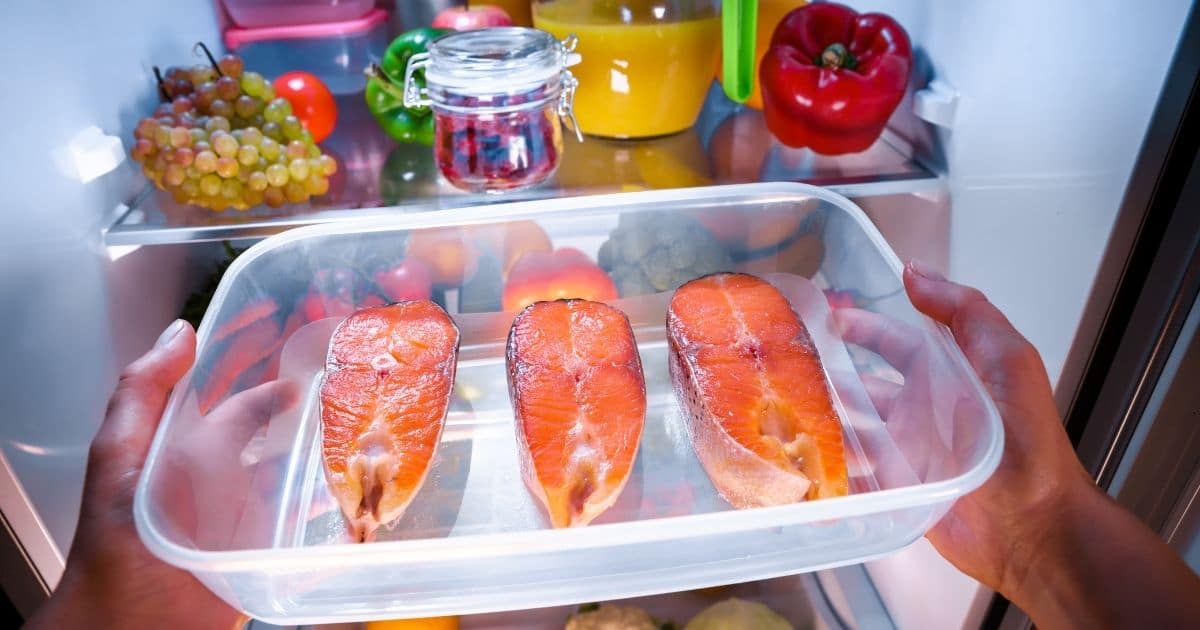
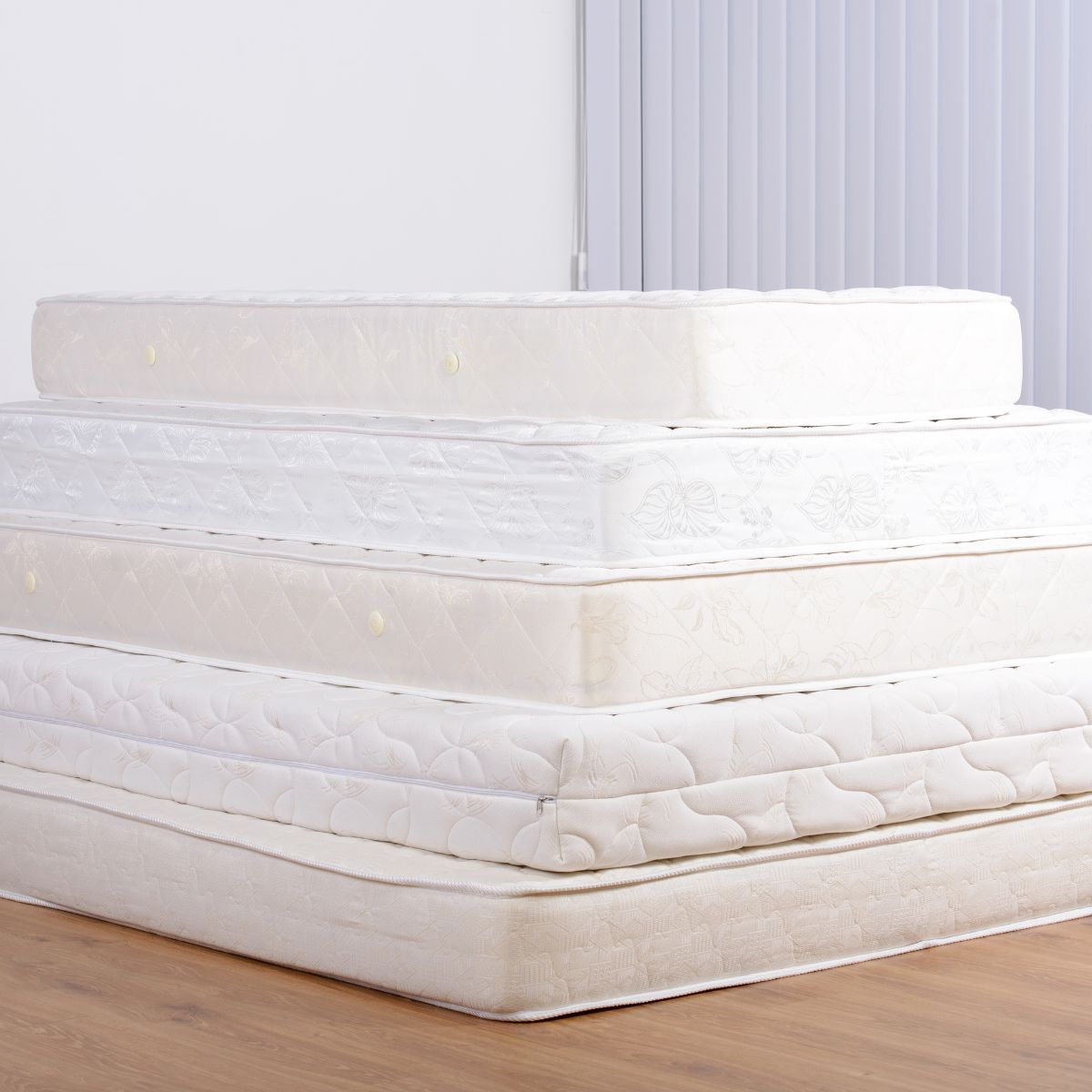
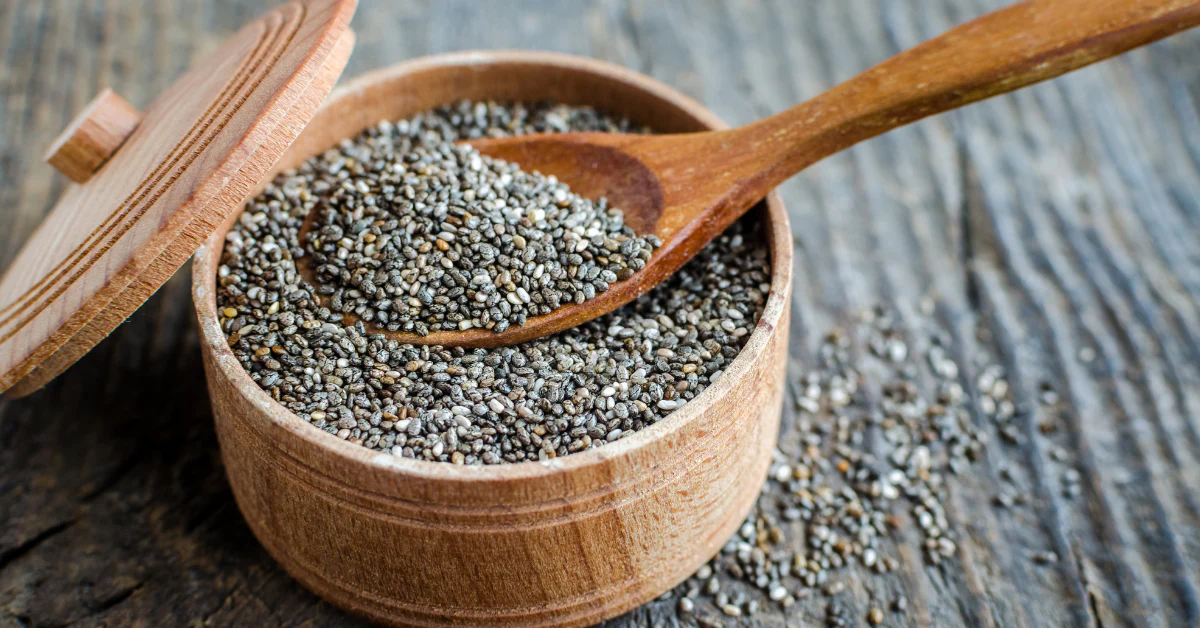


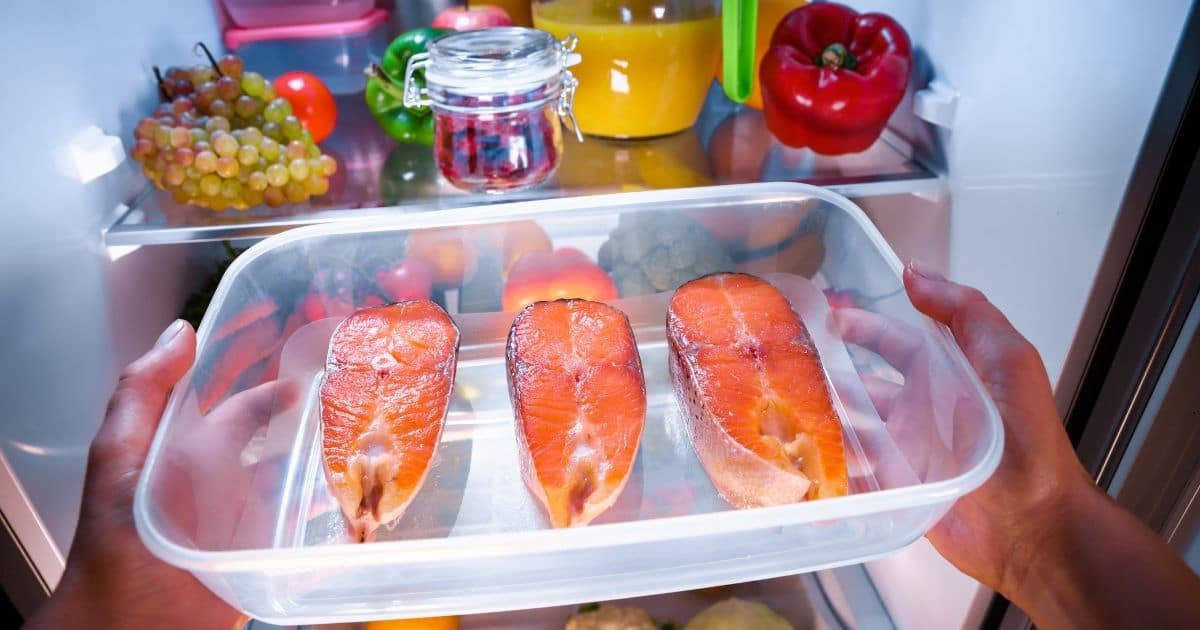

0 thoughts on “How Long Can You Keep Salmon In The Freezer”